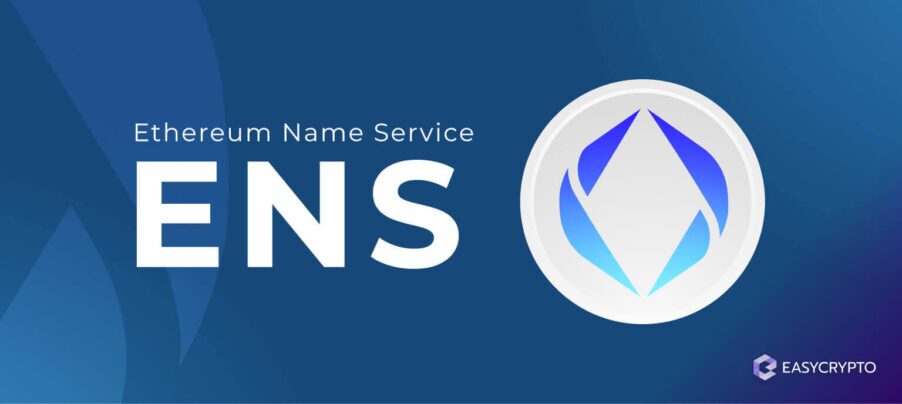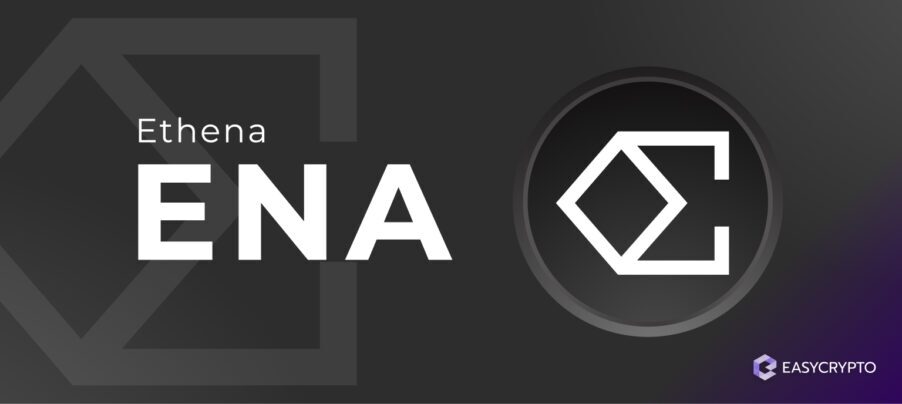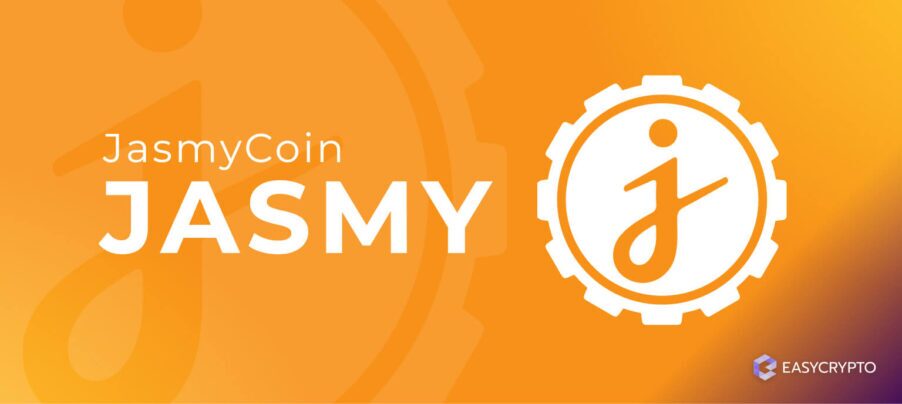What is Polkadot (DOT)? A Beginners Guide
Learn how Polkadot is set to become the future of blockchains by focusing on interoperability, security, and rapid development.


The internet as we know it today is composed of countless interconnected computers to form a global highway of data transmission.
Polkadot is aiming to do the same, but with blockchain technology – connecting different blockchains into a single network. It’s an ambitious and exciting endeavor, sure – but what is Polkadot exactly?
Many blockchain developers are racing to provide the best technology — the best blockchain network that can do everything; the One Network to Rule Them All.

The Web3 Foundation, a team of innovators who believe in a truly decentralised Internet, has a different view of the future of blockchain technology. They believe that when it comes to blockchain technology, there is no such thing as a one-size-fits-all blockchain.
This is the reason why the team invented Polkadot, a leading network of interconnected blockchains. The Web3 Foundation was founded and led by Dr. Gavin Wood, one of the chief developers and co-founders of the Ethereum Foundation.
We’ll be exploring the idea behind Polkadot in this article, and the exciting projects that it is projected to bring to blockchain technology.
Key takeaways
- Polkadot is a decentralised protocol that aims to connect different blockchain networks to enable data and values to be exchanged between previously incompatible networks.
- DOT is Polkadot’s native cryptocurrency token that is primarily used for governance, staking, and to fund the networks functions.
- Polkadot uses a network of relay chains and parachains to enable interoperability and scalability.
What is Polkadot?
Polkadot was first proposed on November 14th, 2016 within a detailed whitepaper authored by the co-founder of Ethereum, and also the creator of Kusama, Dr. Gavin Wood.
Polkadot is a decentralised network of blockchains that emphasizes interoperability and economic scalability.
They do this by introducing parachains, or parallel blockchains that work alongside one another, connected in tandem by a common blockchain called the relay chain.
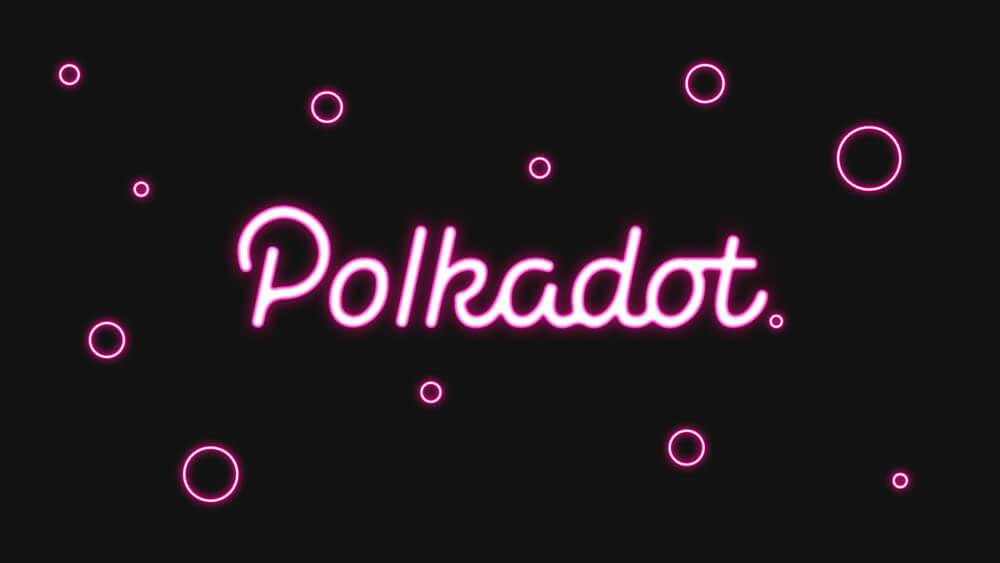
A parachain is a separate blockchain in its own right, capable of self-governing, and can even have its own native token or cryptocurrency. One parachain can focus on just one single service or component of a complex decentralised web ecosystem — but it doesn’t have to exist in isolation.
Together, multiple highly specialised blockchains can talk to each other within Polkadot, to share data, value, assets, tokens, and more; they can join forces to build up one secure, versatile, and efficient network.
Through the use of bridges, Polkadot is also able to communicate with some of the most powerful but isolated blockchains, such as Bitcoin and Ethereum.
What is the DOT in Polkadot?
The DOT is Polkadot’s native cryptocurrency. On Polkadot, it serves three functions:
- Governance
- Staking to power the proof of stake protocol
- For auctioning parachain slots where parallel blockchains can connect directly to Polkadot’s relay chain and join the network.
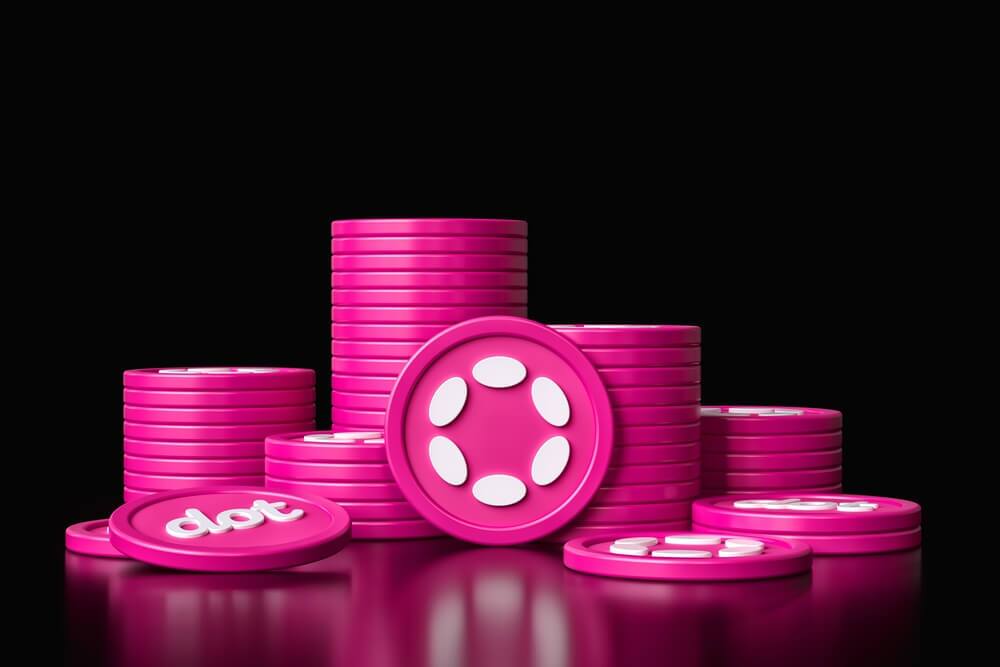
DOT is an inflationary cryptocurrency, with a maximum inflation rate of 10% and a minimum rate of 2.5%, depending on the proportion of dot that is locked for staking.
1. Governance
Dot holders have the right to vote on public or emergency proposals in a referendum. What makes Polkadot different from older blockchains like Ethereum is that it has the ability to self-govern, make changes on the go, without having to create any fork to the code.
Polkadot is one of the only few networks that establishes its own democratic system, where they can vote on elected representatives, the Council Members, and the teams responsible for optimising Polkadot, the Technical Committee.
Learn more: What are Crypto Forks and How Do They Affect Investors?
2. Staking
Built to run on a more scalable proof of stake protocol, staking is a huge part of Polkadot’s daily operations. In order to become a network validator (i.e. participants who check, validate, and add new blocks to the relay chain), participants must stake their dots as collateral.
A type of lottery mechanism will choose which validator will be in charge to validate which incoming block from any of the parachains that currently exist in Polkadot.
Unlike a simple proof of stake protocol in which a validator with the highest stake would have a higher chance to be chosen (and therefore receive block rewards), Polkadot specifically uses a nominated proof of stake consensus protocol.
This means validators are elected by nominators, who keep track of the performance of each validator who applies for the duty.
The exact details for Polkadot’s nominated proof of stake can be found in the wiki.
Learn more: What is Proof of Stake and How Does it Work?
3. Bonding of parachains onto the relay chain
In order for parachains to join the Polkadot network, they must take up one available parachain slot. At the time of writing, Polkadot accommodates up to 100 slots. Regardless of the number of the parachain slots, it is a finite resource on Polkadot.
Therefore, parachain slots are auctioned and leased to the highest bidder. Dots are ‘bonded’ or locked in Polkadot’s treasury wallet. When a parachain retires, the dots can be reclaimed.
Each slot has a lease period of 6 months, but a slot life cycle is two years, meaning that a project can lease a slot for four lease periods. Projects can also bid for multiple slots, and the autonomous auction will count the bids on a per slot basis.
You can learn more about the intricacies of the parachain slot auction in this page of the wiki.
What makes Polkadot different?
The strength of Polkadot lies in the diversity of the blockchains that operate within the Polkadot network. What one blockchain can’t offer, is better served by another blockchain.

Here are just a few examples of projects that are working together with Polkadot:
Chainlink
Chainlink is a decentralised network of oracles or data providers, that promises to deliver reliable data feeds for smart contracts developed on any blockchain. Chainlink became the primary oracle for Polkadot, and it will naturally serve other parachains within Polkadot.
Read also: What is a smart contract? Read about Ethereum, the pioneer of smart contracts.
ChainX
A project that focuses on the financial aspect of blockchain technology, ChainX allows users to hold multiple crypto assets in one single blockchain. It also adds smart contract capabilities to a Bitcoin Layer2 network. It thrives on Polkadot as the network forms a bridge that connects it to Bitcoin.
Ethereum bridging
Many notable DeFi projects were built on Ethereum. However, having been written in its own unique programming language, Ethereum’s smart contracts are incompatible with the smart contracts of many other blockchains. Polkadot uses several protocols and special kinds of smart contracts that allow the network to understand Ethereum’s state at all times.
Privacy chain networks
Greater privacy can be achieved using a protocol called zk-SNARKS. Some blockchains, the so-called ‘privacy chains’, use this protocol to prioritise protecting data beyond using the regular pseudonymous wallet addresses that most blockchains use.
Rather than enforcing ultra-private features on blockchains that don’t require them, Polkadot enables privacy chain integration with non-privacy chains seamlessly in the shared network.
What is the implication of interoperability among blockchains?
As you have learned, the above projects are among the most anticipated within the Polkadot community. The growing network of blockchains within Polkadot implies at least two things — greater security and better decentralised services.
Security doesn’t just depend on how decentralised a network is, but it also depends on the number of network contributors.
The more validators and users there are in a network, the stronger it is — a phenomenon referred to as the network effect.

In this system, separate networks shouldn’t have to compete over network participants. Together, parallel blockchains can ‘share’ the same network, benefiting from a more powerful, combined security, higher than the sum of its parts.
Obviously, a network of diverse blockchain that are specialised in different kinds of services can lead to better services as blockchains become allies instead of competitors.
Polkadot makes it easy for the world to adopt blockchain technology
On Polkadot, developers can build parachains, parathreads (a lighter version of parachains), and smart contracts with relative ease. This is because Polkadot has already provided the necessary open-source frameworks that developers can freely use.
This framework is called Substrate, and what makes up Substrate is a collection of pre-built core logic (such as networking protocol, consensus layer, runtime modules, etc.) that developers can simply call into their source code.

In addition, developers can use widely used and familiar programming languages such as Javascript to implement Substrate on their software, lowering the barrier of entry to blockchain technology even further.
According to the Polkadot Developer’s Wiki, while it usually takes years to develop a blockchain from the ground up, with Polkadot’s built-in tools and services, development can take only a few weeks to even days.
Takeaways
When we talk about the entire Internet, it seems pointless to ask ourselves what the best website is for gaining information.
Surely, very few websites can compete with, say Wikipedia, for its thoroughness in its knowledge repository, but we can’t always rely on Wikipedia to do our research — other websites must also play a role.
Similarly, when we talk about the new decentralised Internet, talking about the one best blockchain network that can do everything is also futile.

The developers of Polkadot may be right to say that the future of blockchain is multi-chain. Polkadot as one of the most robust networks of blockchains promises to deliver a whole new kind of service.
Polkadot has several strengths going for it, namely:
- Polkadot offers stronger security across a shared network
- A purely democratic self-governance protocol
- Resource-efficient consensus protocol
- A mechanism for cross-chain communication, and developer-friendly build kits to construct an entirely new blockchain.
There is no doubt that Polkadot will accelerate human technology towards a new, more secure, and private internet, that is inclusive and affordable.
How to buy Polkadot (DOT)?
With that being said, what are your own thoughts on Polkadot’s protocol?
Interoperability and scalability are challenges that Polkadot aims to tackle in the blockchain space – both of which are essential for the long-term infrastructure of future blockchains.
If you’re looking to invest in Polkadot’s innovations, Easy Crypto offers a quick and simple way to buy and sell DOT tokens.
We are a non-custodial exchange, meaning we deliver your crypto purchases directly to your wallet address, where you hold the true ownership of your crypto assets.

Invest in Polkadot: Buy DOT with Easy Crypto.
Polkadot (DOT) is just one of hundreds of crypto assets that we provide here at Easy Crypto. Our collection also includes:
- Stablecoins
- NFT Tokens
- Metaverse Tokens
- DEX (Decentralised Exchanges)
- DeFi (Decentralised Finance)
- And many more.
View the latest rates for DOT: Check the latest rates.

Pro tip: you can preview the conversion rates for Polkadot (DOT) or any other crypto in our collection by going to our complete list of crypto assets.
Check our video guide below on how to buy cryptocurrency with Easy Crypto!
Read more on our learning hub to deepen your knowledge about cryptocurrencies with our library of crypto topics!
Share to
Stay curious and informed
Your info will be handled according to our Privacy Policy.
Make sure to follow our Twitter, Instagram, and YouTube channel to stay up-to-date with Easy Crypto!
Also, don’t forget to subscribe to our monthly newsletter to have the latest crypto insights, news, and updates delivered to our inbox.
Disclaimer: Information is current as at the date of publication. This is general information only and is not intended to be advice. Crypto is volatile, carries risk and the value can go up and down. Past performance is not an indicator of future returns. Please do your own research.
Last updated October 10, 2024



